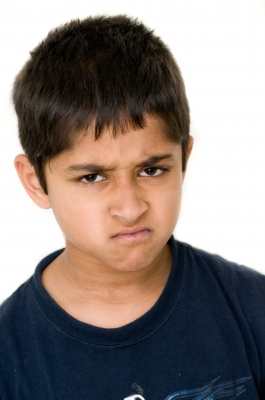Anger is a strong emotion, it’s one of the first ones we experience as a baby when these adults around us don’t understand what we’re asking for. As we grow other people don’t do what we want them to do or give us what we want and that makes us angry too.
This is all well and good, provided we are taught to calm down during our early years. The process of learning to handle anger starts when our parents pick us up, hug us, rock us, soothe us and meet our needs.
As our baby grows we still do similar things when they are angry, we hold them, rub them, sing to them even, all to help regulate their anger. This process is called external regulation.
It’s only once we’ve gone through the lessons we learn as toddlers that we learn to control our anger ourselves, or self-regulate, and even then it’s not always consistent.
And as we grow and we get angry, we will all have our own little way of self-regulating that anger that relates to our experiences as a baby. It might be going for a walk, it might be doing a repetitive activity (cleaning even), but we will have learnt to do something that relates to the external regulation that we experienced at a young age.
Things that help children control their anger
Baby/toddler:
Soothe them, hold them, speak softly.
Rock them, rub their heads or backs.
Sing lullabies to them or read them a story.
Child:
Teach them how to use different tasks to calm down.
Talk to them about how you control your anger.
Use repetitive activities like jigsaws, threading, construction, to help them regulate when they are angry.
Hug it out.
Teenager:
Help them to manage their anger (as they will struggle to at times due to the changes happening in their brains).
When you are doing something together reflect on the things that used to soothe them as a baby.
Be open to discussing how you manage your anger, model for your teen the choices they have.



